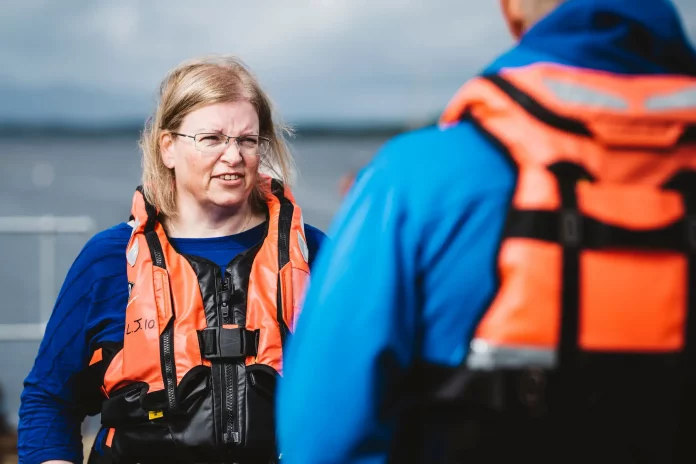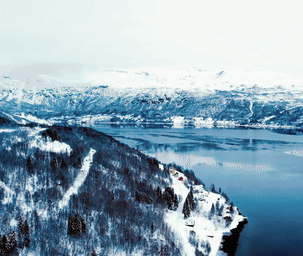Salmon industry backs Faroes-style solution for Shetland bottlenecks.
The Faroese tunnel network — linking 18 islands with 23 tunnels, including four undersea routes — is being held up as a model for Shetland’s future, with salmon producers among the most vocal supporters of a long-awaited shift away from ageing ferries.
Anne Anderson of Scottish Sea Farms, which employs nearly 300 people in Shetland, said Scotland had spent years “talking about tunnels” while the Faroe Islands had delivered. “It is frustrating,” she told the BBC.
Shetland produces around a quarter of all Scottish salmon, the UK’s most valuable food export. But Anderson warned that Scotland’s global salmon market share had slipped from 10% to closer to 5% over the past decade, partly due to “a lack of investment in public infrastructure.”
“Identify what works well for them and then just copy and paste and let’s get moving,” she urged, citing the Faroes as a direct example.
The Shetland Islands Council is currently exploring tunnel connections to four outer islands: Unst, Yell, Bressay and Whalsay. A £990,000 feasibility study is under way, with the Faroese model — funded by tolls on borrowed capital — seen as the most likely path forward, according to the BBC.
Faroese Prime Minister Aksel Johannesen said tunnels had boosted both population and economic growth in his country. “I think we have learned in the Faroe Islands that investment in infrastructure is a good investment,” he said.
The Faroe Islands began building tunnels in the 1960s and have continued steadily, including a 7.1 mile (11.4 km) tunnel featuring the world’s only undersea roundabout. At its deepest, it lies 187 metres below sea level and cuts journey times between Tórshavn and Klaksvík in half — a transport gain that supports both daily commuters and heavy logistics, including seafood.
Andy Sloan of engineering firm COWI, which worked on the Faroese tunnel project and now advises Shetland Islands Council, said the technology was directly applicable to Scotland. “Without doubt, Shetland can copy what has been achieved in these islands,” he said, adding that the Faroese had connected their remote archipelago “through blood, sweat and tears — and focus.”
The potential benefits go beyond logistics. Prof Erika Anne Hayfield of the University of the Faroe Islands said tunnels helped people “live and thrive in smaller settlements” while staying connected to “the central labour market.”
Salmon producers are particularly attuned to the risks of weather-disrupted ferry schedules and the challenges they pose to staffing, smolt movement, processing, and export reliability.
Elizabeth Johnson of Saxavord Spaceport on Unst — the UK’s northernmost island and one of the planned tunnel links — said improved access would “enhance the economic viability of the island.” She added: “Tunnels would really open up this island for businesses.”
Council leader Emma Macdonald echoed those hopes. “Tunnels could be incredibly transformational,” she said. “We land more fish in Shetland than we do in the whole of England, Northern Ireland and Wales.”
With ferry costs running to £23 million per year across 12 ageing vessels, the case for long-term tunnel investment is building momentum across both public and private sectors.
“I don’t think anybody that I’ve spoken to would be against tolls,” Johnson said. “They already have to pay to go on the ferries.”
While some residents worry that tunnels could alter the character of island life, business leaders warn that without them, economic challenges may become insurmountable.
“I was a wee bit iffy-iffy about it before,” said Pat Burns, shopkeeper at the northernmost store in the UK. “But now I realise that if Unst doesn’t get a tunnel, the challenge is going to be too big.”


